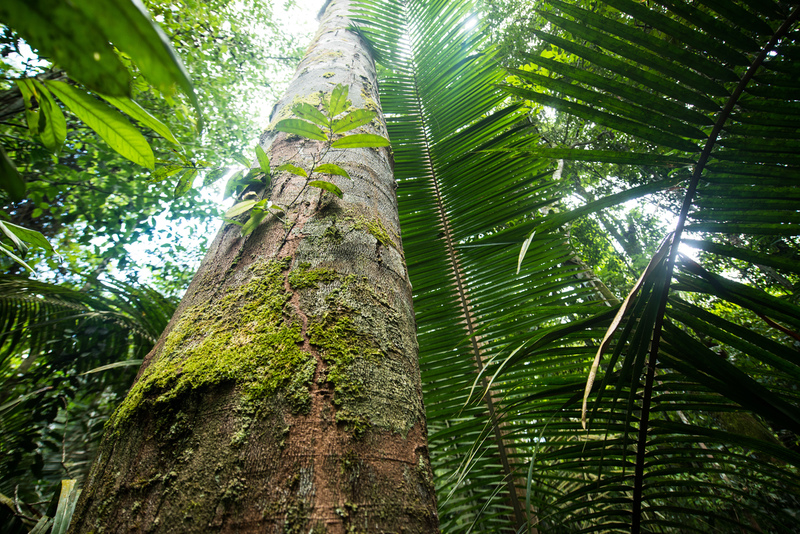While the Brazilian Amazon holds 30% of all tropical forests, its companies and communities maintain a share of only 0,2% in the market for forest friendly products.
The Brazilian Amazon responds for 30% of the planet’s tropical forests, but its companies and communities maintain a share of only 0.2% in the international market of forest-friendly products. Why is its share so small and how can it be increased?
These questions induce many people to search for missing inputs, either public, such as transportation and energy, or private, such as credit and skilled labor.
There is no doubt that many of these inputs are indeed scarce, but most of them are available, at least on paper. For example, the Constitutional Fund for the North (FNO) provides about R$10 billion in subsidized credit per year. EMBRAPA conducts research through decentralized units in the nine states of the region. Entities such as EMATER and SENAR offer training and technical assistance to small farms. And ApexBrasil subsidizes export promotion by 50%.
Maybe the most critical shortage is not in the supply of inputs, but in the capacity of producers to mobilize the ingredients that are already available. After all, it takes a lot of persistence, talent, time, and money to interact with public agencies, banks and large companies to suggest new initiatives, improve technical standards and selection criteria, gather documents, draft proposals, execute projects and go through mandatory audits.
Maybe the most critical shortage is not in the supply of inputs, but in the capacity of producers to mobilize the ingredients that are already available.
Salo Coslovsky, Associate Professor of Urban Planning and Public Service at New York University
In the Amazon, few associations devoted to forest friendly products have surplus capacity to perform these tasks. Some sectors are orphans altogether. Others have some formal representation, but the interest of Amazonian producers ends up overshadowed by larger and better organized producers elsewhere. In the absence of this social monitoring, public agencies and large companies offer resources that do not match the demands and capacities of firms in the region.
Having said this, it seems obvious that the solution is to create or strengthen associations and other entities of collective representation. These entities, however, are a double-edged sword. On the positive side, they can propel regional development. On the negative side, however, many of them fall into the temptation of seeking protection from market forces rather than supporting their members in their quest for greater competitiveness. Protectionism is tempting because it offers seemingly easy answers to difficult problems. After all, protection is the fruit of lobbying, and lobbying does not require a large budget, staff, or good management skills. Even more tempting, protectionism does not demand enlightened leadership or inclusive deliberation and decision-making processes. After all, protectionism automatically increases the profits of all beneficiaries, independent of their individual features and without requiring investment or commitment.
Even if tempting, protectionism is not effective. First, it is often difficult to obtain. After all, protectionism increases the profit of some at the expense of others, and nobody wants to pay this bill. And second, even if somehow it is achieved, protectionism breeds complacency. Sooner or later, the companies that have been protected must face their competitors, and then they find that they have been left behind.
Protectionism is not effective. First, it is often difficult to obtain. After all, protectionism increases the profit of some at the expense of others, and nobody wants to pay this bill. And second, even if somehow it is achieved, protectionism breeds complacency.
Salo Coslovsky, Associate Professor of Urban Planning and Public Service at New York University
The challenge, then, is to foster developmental associations, with a broad base of engaged members, good management, inclusive decision-making processes, and financing that is well aligned with the goals. Above all, these associations need to use their resources to make their members more competitive. There are many such cases, both in Brazil and abroad. A more thorough understanding of how these entities came into being, how they remain cohesive, and how they avoid the temptations of protectionism can teach valuable lessons to counterparts in the Amazon.
The opinions expressed in this article are the writer’s own.



